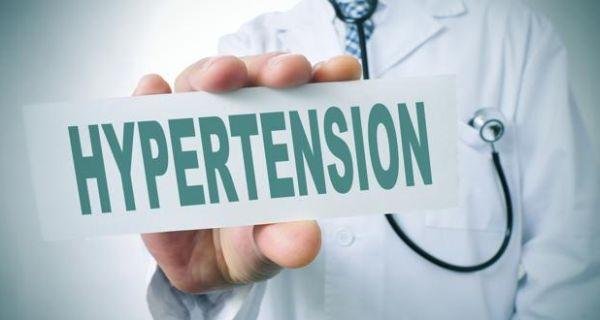The silent killer

One in every four adults -- some 50 million people in the USA alone -- have high blood pressure. But many people are unaware that they have the condition.
Untreated hypertension increases the risk of heart disease and stroke. These are the first and third commonest causes of death in the USA. Hypertension can also damage the kidneys and increase the risk of blindness and dementia. That is why hypertension is referred to as a "silent killer."
Everyone is at risk from high blood pressure. However, the elderly tend to have a different hypertension profile compared with younger people, according to the National Heart, Lung, and Blood Institute (NHLBI), which is part of the National Institutes of Health (NIH).
It is important to raise our collective consciousness of a particular type of high blood pressure known as isolated systolic hypertension (ISH).
Systolic pressure is the first number in a blood pressure reading and is an indicator of blood pressure when the heart contracts. The second number, the diastolic pressure, reflects pressure when the heart relaxes between beats.
In the past, many doctors diagnosed high blood pressure based on diastolic pressure, the smaller number. However, new research suggests that systolic pressure is a much better indicator of hypertension, particularly in the elderly.
Diastolic pressure increases up to age 55 and then tends to decline, according to the NHLBI. On the other hand, systolic pressure continues to increase with age and is an important determinant of elevated blood pressure in middle-aged and older adults. While any pressure above 140/90 is considered elevated, about 65% of people with hypertension who are over age 60 have ISH.
High blood pressure interacts with other major risk factors such as diabetes and high levels of cholesterol to amplify the risk of heart attack and stroke. Changes in lifestyle can therefore help us achieve blood pressure goals. Other recommendations are as follows here:
1-Don't ignore your systolic pressure.
2-If you're middle-aged or older, the systolic is a better blood pressure indicator than diastolic of your risk of heart disease and stroke.
3-Blood pressure at all ages should be kept below 140/90.
4-Treatment for hypertension must begin early to prevent organ damage -- whatever be your age.
5-In persons with diabetes, blood pressure should be kept below 130/85, and in those with kidney failure and heart failure, at the lowest level possible.
For far more information about blood pressure that is relevant, reliable and -- believe it or not -- interesting, please visit the High Blood Pressure Center.
Sources:
Medicinenet.com
Thehealthsite.com
Thanks for reading
Hi! I am a robot. I just upvoted you! I found similar content that readers might be interested in:
https://www.onhealth.com/content/1/high_blood_pressure_-_a_silent_killer
Congratulations @gehad96! You have completed some achievement on Steemit and have been rewarded with new badge(s) :
Click on any badge to view your own Board of Honor on SteemitBoard.
For more information about SteemitBoard, click here
If you no longer want to receive notifications, reply to this comment with the word
STOP